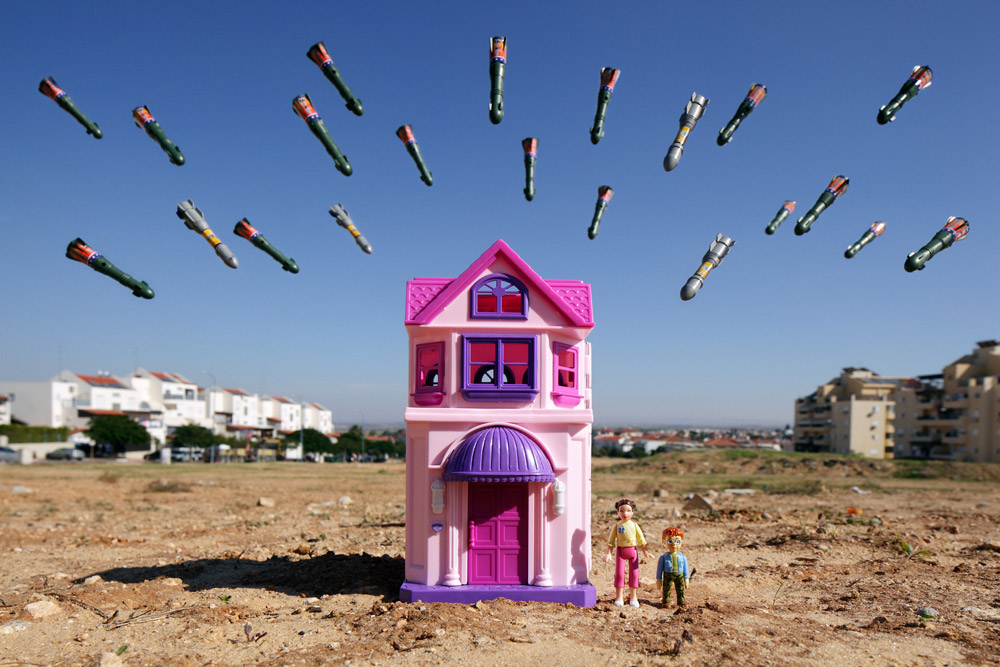In a recent essay author Jana Richman weaves her personal stories about anxiety with Bertrand Russell’s salient observations on fear, and the desert Southwest is her colorful backdrop.
[div class=attrib]From the New York Times:[end-div]
On a cold, sunny day in early March, my husband, Steve, and I layered up and took ourselves out to our backyard: Grand Staircase Escalante National Monument. For a few days we had been spiraling downward through a series of miscommunications and tensions — the culmination of my rigorous dedication to fear, or what Bertrand Russell aptly coined “the tyranny of the habit of fear.” A fresh storm had dropped 10 inches of snow with little moisture giving it an airy, crystallized texture that sprayed out in an arc with each footstep and made a shushing sound, as if it were speaking directly to me. Shush. Shush. Shush.
Moving into the elegant world of white-draped red rock is usually enough to strip our minds of the qualms that harass us, but on this particular day, Steve and I both stomped into the desert bearing a commitment to hang onto the somber roles we had adopted. Solemnity is difficult, however, when one is tumbling down hills of snow-covered, deep sand and slipping off steep angles of slickrock on one’s backside. Still, it took a good half-mile before we were convinced of our absurdity.
Such is the nature of the desert. If you persist in your gravity, the desert will take full advantage — it will have you falling over yourself as you trudge along carrying your blame and angst and fear; it will mock you until you literally and figuratively lighten up and conform to the place. The place will never conform to you. We knew that; that’s why we went. That’s why we always go to the desert when we’re stuck in a cycle of self-induced wretchedness.
“Fear,” Russell writes, “makes man unwise in the three great departments of human conduct: his dealings with nature, his dealings with other men, and his dealings with himself.”
I can attest to the truth of Russell’s words. I’ve spent many lifetime hours processing fear, and I’ve brought fear’s oppression into my marriage. Because fear is the natural state of my mind, I often don’t realize I’m spewing it into the atmosphere with my words and actions. The incident that drove us into the desert on that particular day was, in my mind, a simple expression of concern, a few “what will happen ifs”; in Steve’s mind, a paranoid rant. Upon reflection, I have to agree with his version.
A few months prior, Steve and I had decided upon a change in our lives: certainty in the form of a bi-weekly paycheck was traded for joy in the form writing time. It wasn’t a rash decision; it was five years in the making. Yet, from the moment the last check was cashed, my fear began roiling, slowly at first, but soon popping and splashing out of its shallow container. My voiced concerns regarding homelessness and insolvency went considerably beyond probable, falling to the far side of remotely possible. In my world, that’s enough for worry, discussion, obsession, more discussion, and several nights of insomnia.
We had parked the truck at the “head of the rocks,” an understated description of a spot that allows a 360-degree view of red and white slickrock cut with deep gulches and painted with the sweeping wear of wind and water. The Grand Staircase Escalante National Monument is 1.9 million acres of land, much of it devoid of human intrusion on any given day. Before we moved to the small town of Escalante on the Monument’s border, we came here from our city home five hours away — alone or together — whenever life threatened to shut us down.
From the head of the rocks, we followed the old cream cellar road, a wagon trail of switchbacks carved into stone in the early 1900s. We could see our destination about two miles out — a smooth, jutting wall with a level run of sand at its base that would allow us to sit with our faces to the sun and our backs against the wall — a fitting spot.
Steve walked behind me in silence, but I knew his thoughts. My fear perplexes and disparages him. His acts of heroism should dispel my anxiety, but it persists beyond the reach of his love. Yet, his love, too, persists.
Knowing I’ll pick up and read anything placed in my path, Steve had left on the butcher block where I eat breakfast Russell’s timeless collection of essays, “New Hopes for a Changing World,” published in 1951, five years before I was born. I skimmed the table of contents until I reached three essays entitled, “Fear,” “Fortitude,” and “Life Without Fear,” in which Russell writes about the pervasive and destructive nature of fear. One of the significant fears Russell writes about — a fear close to his own heart — is the fear of being unlovable, which, he writes, is self-fulfilling unless one gets out from under fear’s dominion. I’ve been testing Russell’s theory for the past eight years.
I’ve heard it said that all fear stems from the knowledge of our own mortality, and indeed, many of our social systems thrive by exploiting our fear of death and our desire to thwart it. But fear of death has never been my problem. To me, life, not death, holds the promise of misery. When life is lived as a problem to be solved, death offers the ultimate resolution, the release of all fears, the moment of pure peace.
[div class=attrib]Read the entire article following the jump.[end-div]



